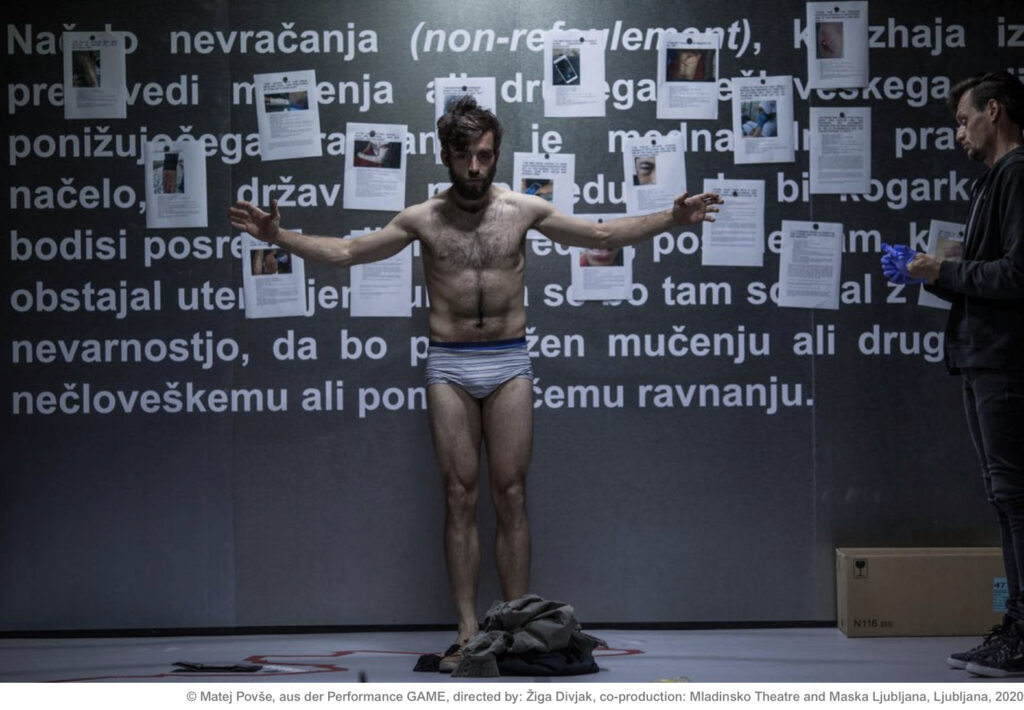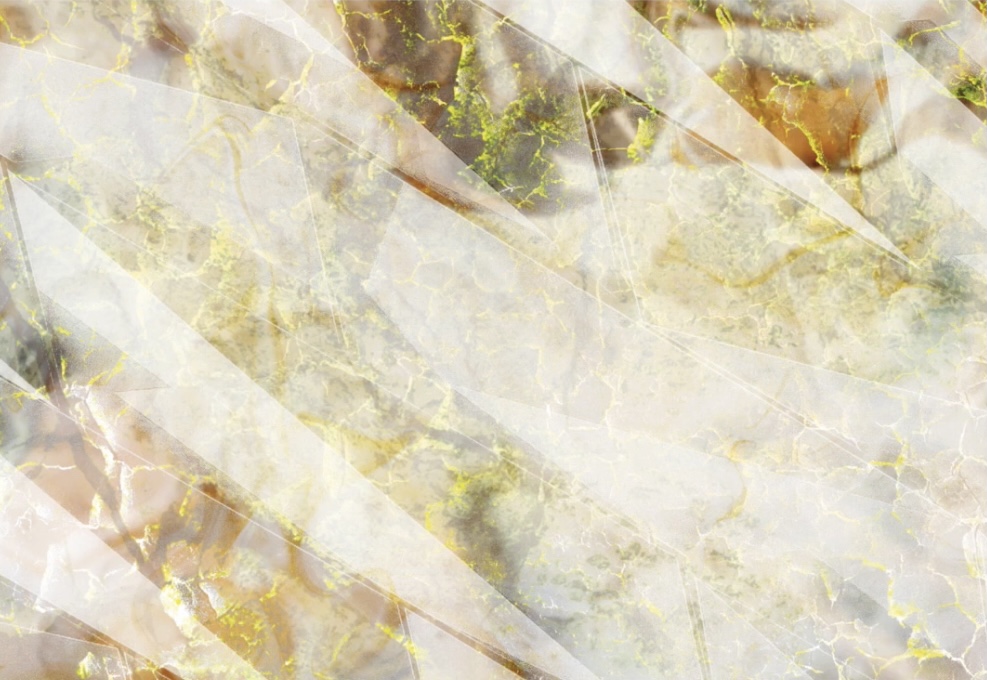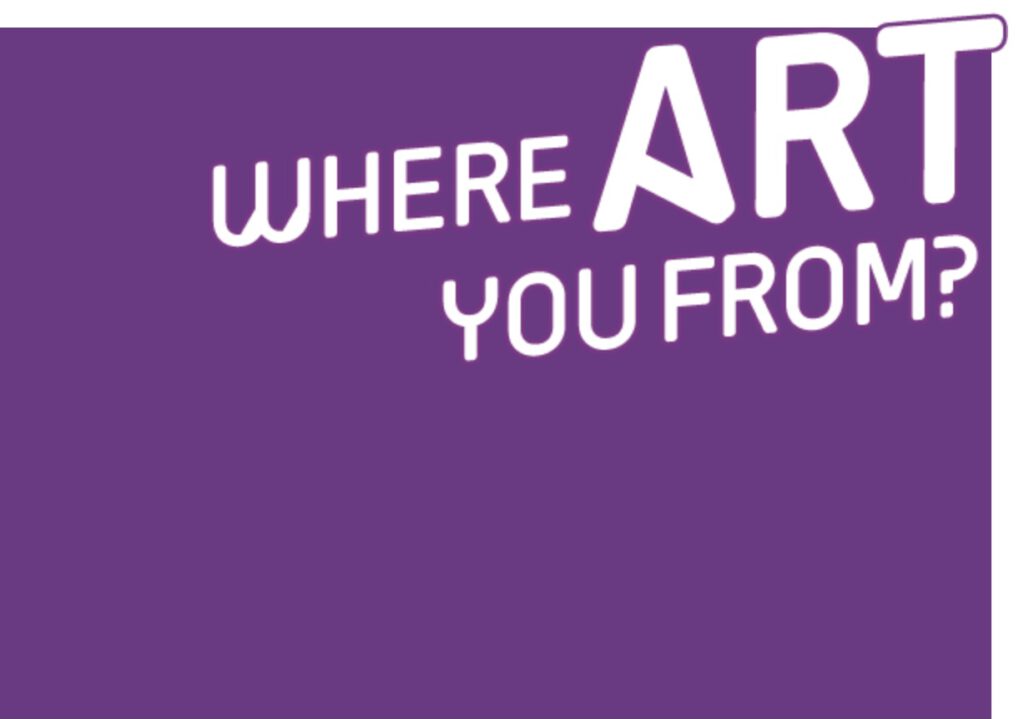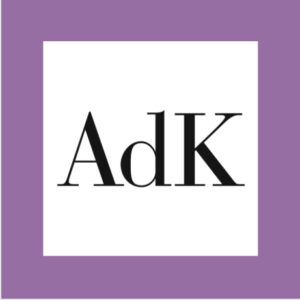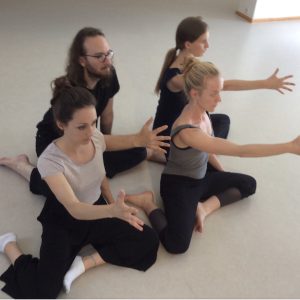Shielding.
Body-based explorations on the notions of integrity and proctection
The pilot edition of the HZT-Research Week focuses on the idea of Shielding: practices and conceptual approaches in which bodies, intentionally or involuntarily, become shields. Bodies take on an ambivalent and controversial status in the process: on the one hand, they serve as protection or as a buffer against others – other people or symbolic sites – and express resistance. On the other, they become weapons as well as shields when they intervene, on the ground as well as politically, in wars and conflict but also activism. Situated in a broader intellectual context, the focus on shielding connects to various debates in which corporeality and embodiment in current socio-political contexts are re-evaluated. It also follows the question of how body-based research from the performative arts can enter into dialogue with other fields of knowledge and application to help understand the aesthetic, sociopolitical, ethical and legal dimension of the body. […]
Bodies, un-protected.
Programm on Bodies, Art, and Protection
Which bodies are worth protecting (to us) and on what basis? Which bodies will we campaign for and which ones elude our notice and our action Bodies, un-protected is dedicated to these questions – which had already assumed a key position in our communal lives before the onset of the pandemic. They highlight a long history of structural inequalities and the associated conflicts and debates around sexism, colonialism, ableism and racism. Experiencing protection, either individually or as a collective, has a range of meanings: as well as preserving the physical integrity and legal status of a body, it is also a matter of symbolic protection and ethical recognition. Art plays a central role in this process. How we imagine bodies and how we transpose them into words, movements, images and ideas is closely linked to the way in which bodies become visible both aesthetically and socially and acquire agency. […]
This Is Not Lebanon.
Festival for Visual Arts, Performance, Music and Talks
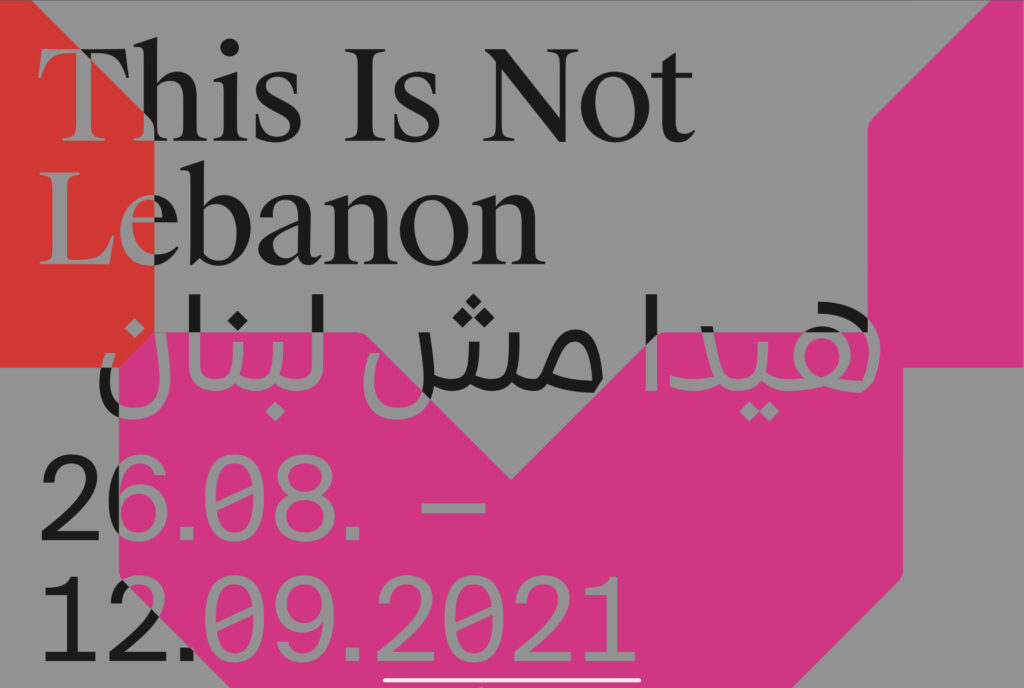
Beirut has always been a city of culture. The 1950s and 60s were legendary, when Beirut was seen as a kind of Paris of the Middle East. This was particularly evident in the visual arts, which were represented in several editions of the Documenta. 15 years of civil war did not change this. The Beirut art scene is a driving force for artists from the entire region, whose influence extends far beyond neighbouring countries. […]
Where ART you from?
Instead of asking where someone comes from, the exhibition project asks where someone is – thus giving preeminence to a person‘s creativity in the here and now, in this case her, his or they artistic practices. The term of Arrival covers completely different individual perspectives and interpretations; consequently we a diversity of artistic answers in the exhibition. Does the term express a state, or rather feeling, an emotion? Is it perceived as a constituent of or a hindrance to their own creative process? And how and where is it manifested in their art work? […]
Simple Action – Shared Practices
With Dance Studies students from the Freie Universität Berlin, Israeli choreographer Yasmeen Godder examines methods of creating an „open door“ choreography inviting people to come closer to the physical and emotional experience while still maintaining the traditional theatre experience. „I am interested in the experience of the audience alongside the expierence of the performance. It is not just about participation, but I am interested in the process that bodies of the spectators are going through.“ Further intformation: review by Juliane Wieland @tanzschreiber (in German language).
Performing Trauma
Egyptian choreographer, dancer and writer Nora Amin, the Valeska Gert guest professor, focuses on the subject of dance as a medium of political resistance, transformation and healing. With Dance Studies students from the Freie Universität in Berlin, she examines the physical expression of traumatic experiences and performative practices of reenactment and representation. Jointly developed choreographies openly address trauma and its aftermath, in aesthetic transformations that deal with attachments, transcendence and empowerment. Further information: Interview Nora Amin @FANN Magazin (in German language).
